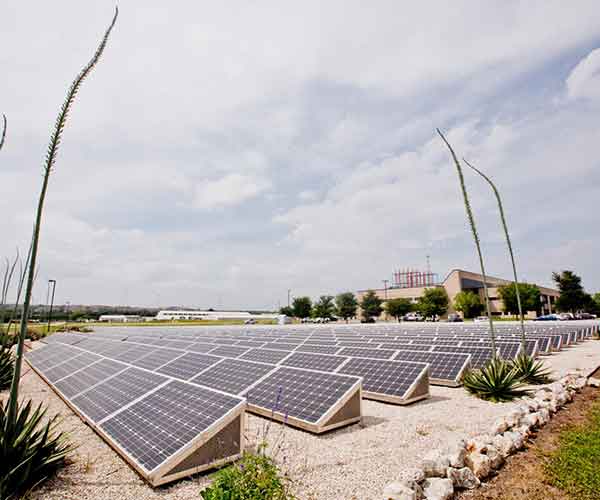Experts from UT’s Cockrell School of Engineering have developed a way to integrate solar power generation and storage into one single system, effectively reducing the cost by 50 percent.
The UT project will develop the next generation of utility-scale photovoltaic inverters, also referred to as modular, multifunction, multiport and medium-voltage utility-scale silicon carbide solar inverters.
Collectively, the combined technologies are known as an M4 Inverter – their main function being the conversion of the direct current output of solar panels to medium-voltage alternating current, which eliminates the need for a bulky and expensive low-frequency transformer.
Electrical and computer engineering professor Alex Huang, believes the M4 Inverter will create efficiencies in a variety of ways.
One such additional functionality is the ability to provide fast frequency control, which would prevent a solar-powered grid from experiencing blackouts on days when large cloud cover might obstruct solar farming.
To achieve the level of efficiency needed to convert the solar energy to the power grid, new silicon carbide power electronics switches will be used in the M4 Inverter.
The need for a bulky 60-hertz transformer is also eliminated in the M4 Inverter to further increase the efficiency and to reduce the capital and installation cost.
Construction of the system will be based on the modular building block concept that further reduces manufacturing costs and provides reliable operation through a power backup.














Comments